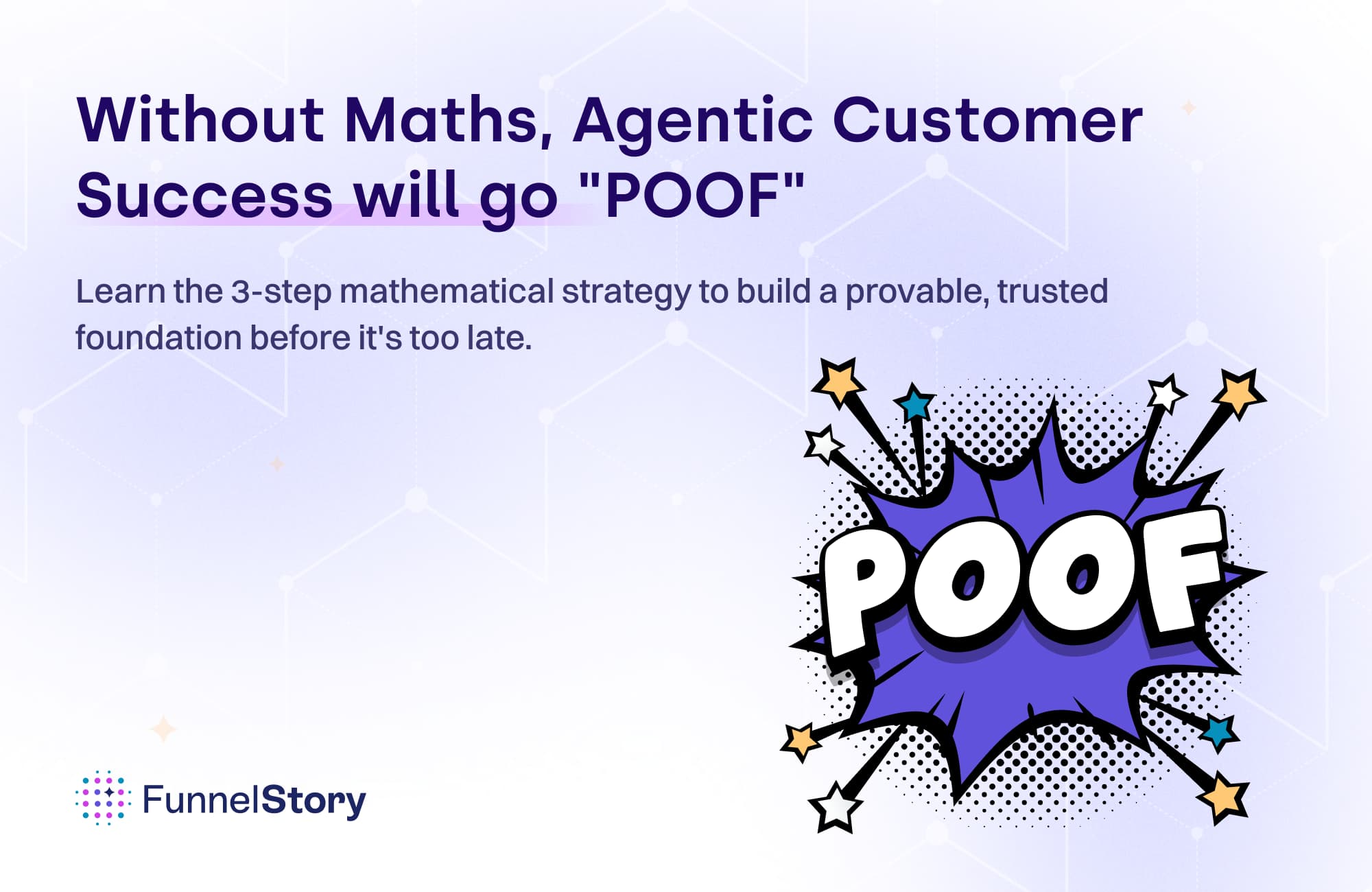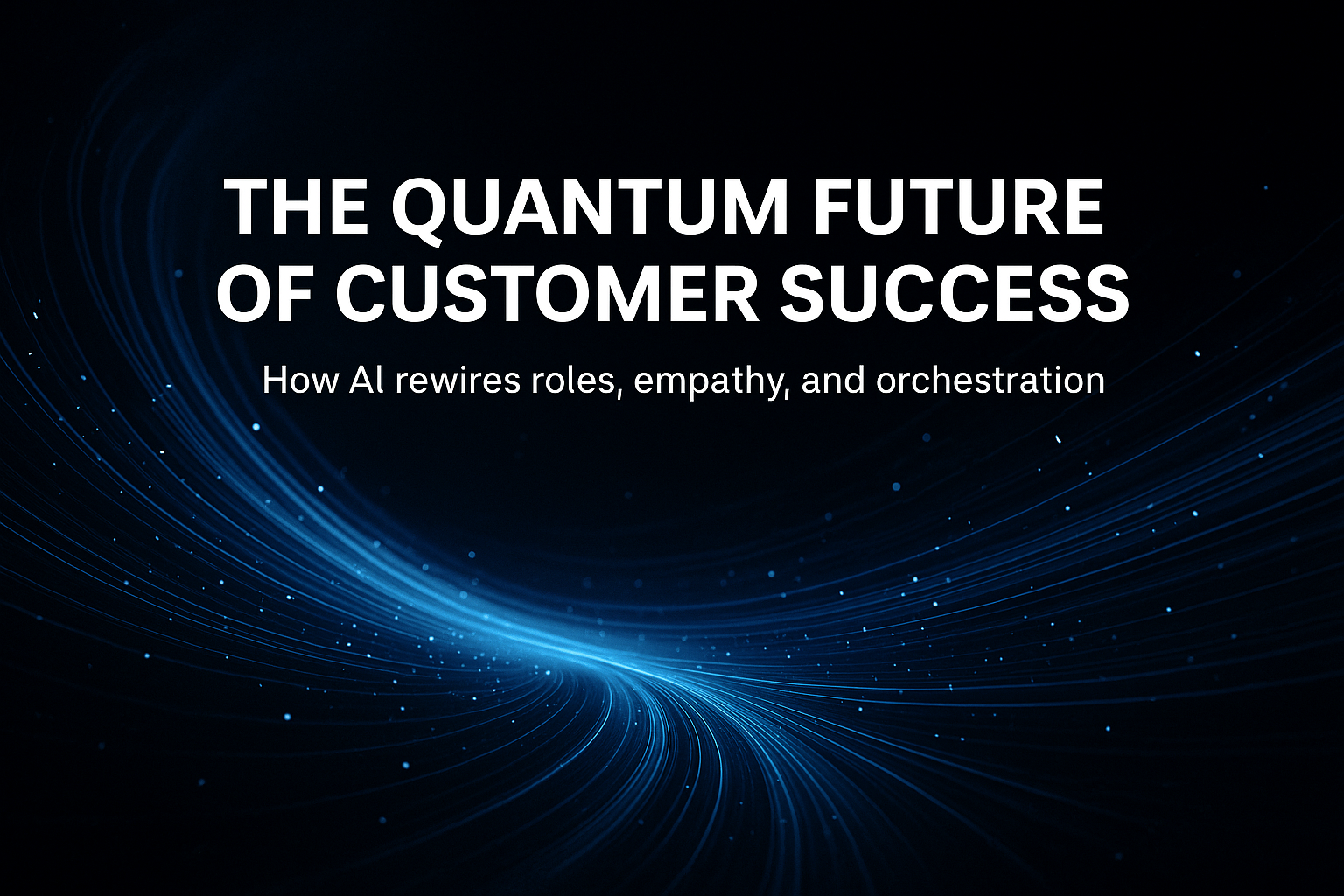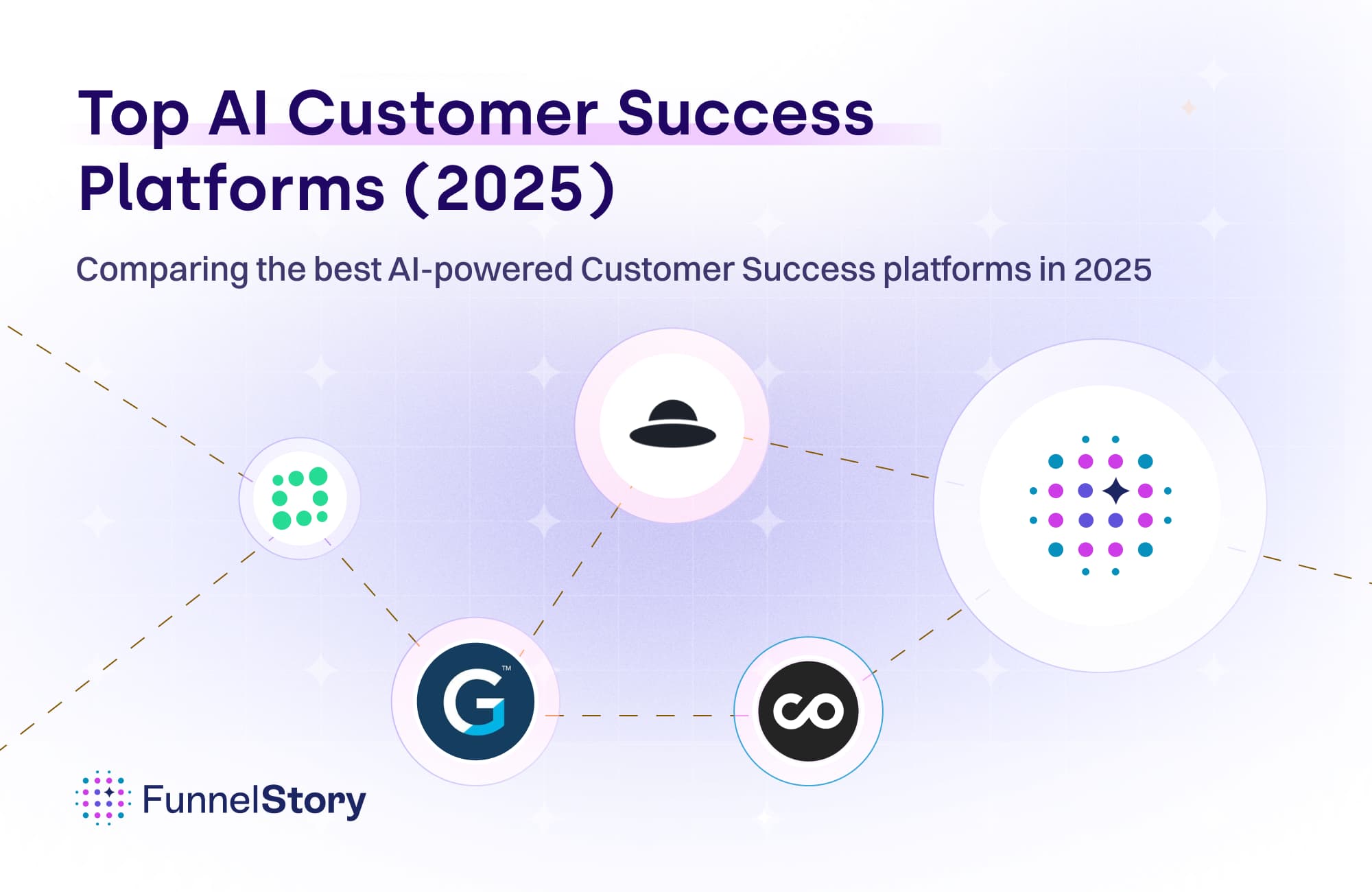In this article
CDP and Reverse ETL Are Not Enough for Your Sales Team
CDP and Reverse ETL platforms have exploded in recent years. But they might not always be the right solution for providing your sales team with product data.

By Preetam Jinka
Co-founder and Chief Architect
Sep 06, 2023
4 min read
Every company eventually realizes they need to give their sales teams insights into how customers are engaging with their product during trials. In the past I've been asked to implement the tooling and infrastructure, and I took advantage of products like Segment as a Customer Data Platform (CDP) and Reverse ETL. Engineering or data teams tasked with the same request will consider those products today, but here's why they're not enough for what your sales teams are looking for.
What are CDP and Reverse ETL?
CDP and Reverse ETL come up in this use case (sales analytics) because they allow you to move data to critical go-to-market business applications like your CRM (e.g., HubSpot and Salesforce). CDP and Reverse ETL are both approaches to transfer data between systems. They're like the plumbing in your data infrastructure or the logistics companies for your data. While not entirely interchangeable, they accomplish similar use cases.
CDPs like Segment let you instrument your code or apps and send events to apps or a data warehouse. For example, you can instrument your back-end application to send events when users perform some action, and these events can be sent to HubSpot to update properties for a contact. You can also drop in the analytics JS code on your website and send the events to a data warehouse.
Reverse ETL products connect to your database (DB) or data warehouse and send records to apps like your CRM. Unlike CDPs, Reverse ETL products do not rely on instrumentation and fetch data you already have in your DBs.
In either case, your sales team is not directly interacting with or using CDP or Reverse ETL products, and nor should they.
Instrumentation and time-to-value
By the time a company realizes it needs to implement product trial insights, its sales team is already struggling to get the information they need. When exploring CDPs, you need to consider that instrumentation takes time. Engineering teams need to schedule tasks into a sprint, update and review code that's instrumented, test the events, and schedule a production release. The entire cycle can take anywhere from weeks to months, longer especially if multiple iterations are required. The other issue is that you only get data from the time of instrumentation, so you're missing out on prior data. This incomplete data doesn't provide the complete picture and worse can contribute to lost deals.
In comparison, Reverse ETL can offer faster time-to-value and quicker iterations. By pulling data directly from databases or warehouses you avoid the need for instrumentation. You leverage data you already have and aren’t limited to data generated from the time of instrumentation.
Moving data vs. making it useful
The reality is, that sales teams don't need a dump of records added to their CRM instance. What they need is access to user or account product usage behaviors presented in a way that is intuitive and immediately actionable. This is in the form of signals and reports telling them precisely what accounts to focus on.
They need to see details of a given deal, as well as trends and patterns that emerge when analyzing product trial data over more extended periods of time. CRMs like Salesforce and HubSpot simply lack the right data structures to properly represent product usage data. As a result, you may end up adding a BI tool like Looker to the tech stack. That becomes another system to maintain.
Beyond interactions with the product
CDPs and Reverse ETL primarily focus on interactions that can be captured within your product. But customer engagement extends beyond just product interactions. Your users may be chatting on Slack or opening support tickets on Zendesk. These activities provide valuable context for sales, but those events wouldn't be captured by instrumenting your code or pulling data out of your database - leading to another major gap when relying solely on these platforms.
Your sales team deserves better
Don’t get us wrong, CDP and Reverse ETL are powerful tools for data aggregation and movement - or as they call it ‘activation’. However, they do not satisfy all of the requirements your sales team may need.
To truly empower your sales force, it's imperative to supplement these technologies with solutions that offer data extraction, modeling, visualization, trend tracking, and analysis of both product interactions and conversational data. By adopting a holistic approach to product analytics, you can provide your sales team with the tools they need to excel in a data-driven landscape. You might also find ways to save your team money by consolidating 3 or 4 tools into one.




